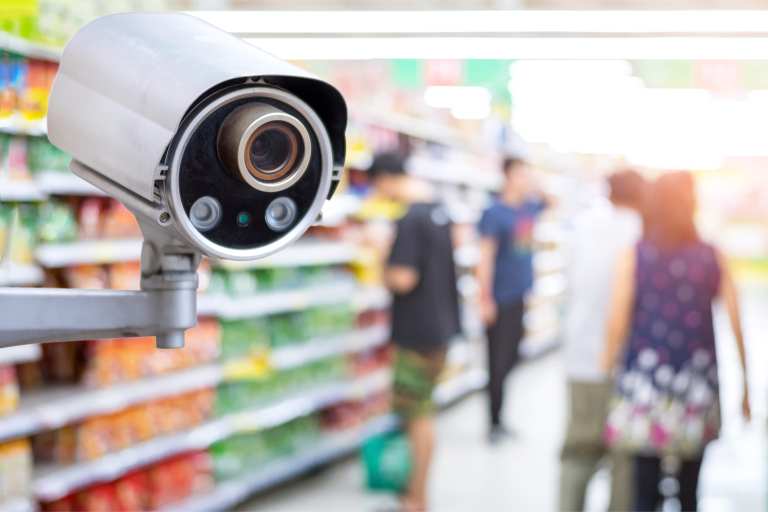
When it comes to retail innovation — changes that promise to influence commerce not only this year, but in the 2020s — cameras could have a significant role. Some of the latest developments provide evidence to support that trend.
Take security cameras for starters. “We learned that most of retail [had] these [closed-circuit television (CCTV)] cameras that were terrifically underutilized, and they all suffered from a lack of insight on the floor,” said Aura Vision CEO Daniel Martinho-Corbishley in a PYMNTS interview. After all, brick-and-mortar players often deal with some minimal data sets — how many customers came into a location, what sales and leading items turned out to be. This data certainly isn’t nothing, but it pales in comparison to the data troves that digital retailers have.
Martinho-Corbishley’s PhD was in computer science, specifically computer visioning. When he looked at those languishing CCTV cameras, he realized that retail already (mostly) had the main piece of hardware it needed to start pulling better insights from the floor. It just needed software that could take in all that visual data and turn it into useful, actionable demographic data for retailers. Thus, the idea for Aura Vision was born.
Data Blocks
Simply explained, Aura Vison software plugs into a store’s existing camera system — the whole integration takes about 15 minutes, according to Martinho-Corbishley. The camera continues to do what it has always done: take in and stream video. The software takes a copy of that stream, processes the visuals with machine learning and spits back anonymized, actionable data. To make sure that data is anonymized, it is always aggregated into 15-minute blocks.
That’s not the only way innovation with cameras can help retailers.
At the National Retail Federation trade show in New York, Mood Media showed off its smart shelves that aim to detect the moods of passersby. Separately, Cineplex Digital Media featured video screens that can map out if observers are wearing beards or glasses, with the goal of selling new glasses or beard accoutrements to them. Those screens can also target ads to people at drive-thrus and other points of shopping interaction.
But despite the perceived potential for tailored interactions, discounts and special offers, “the creepy factor here is definitely a 10 out of 10,” Pam Dixon, executive director of the World Privacy Forum (a nonprofit that researches privacy issues), told the AP.
Among the initial deployments, small in scale though they may be: Kroger has 2,800 stores, but is testing cameras in only two locations. The cameras guess age and gender, but the data remains anonymous and is not stored. Walgreens has tests at six locations with video screens connected to the doors of some of its coolers. Features that have not yet been activated, according to the company, include the ability to track where a shopper is looking. For now, the devices are simply being used to count the number of shoppers passing by the doors.
Fast Food
Fast-food restaurants could also rely more on cameras in the coming years — and in a way similar to that of law enforcement. According to the Financial Times, “fast-food chains are looking to deploy cameras that recognize license plates in order to identify customers, personalize digital menus and speed up sales.” The general idea, of course, is to further personalize the consumer experience and also save customers the trouble of pulling out credit cards or phones to make purchases.
Starbucks, whose use of mobile commerce technology is the source of envy and imitation in the quick-service restaurant (QSR) and even wider retail world, is also involved in this trend. The report stated that the coffee chain has “began trialing such a system in Korea last year, with customers who preregistered their cars, but restaurants in the U.S. are now looking to follow suit.”
Retail is always changing, and it seems that cameras, for various uses, will help drive more innovation forward.